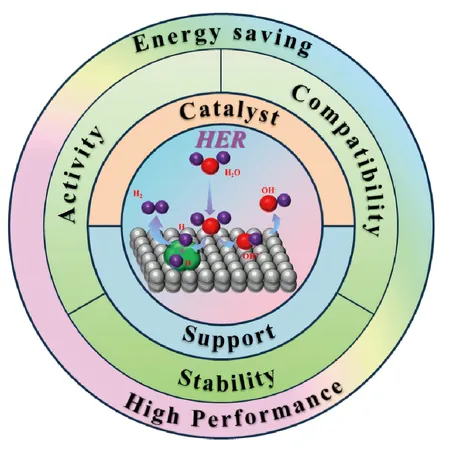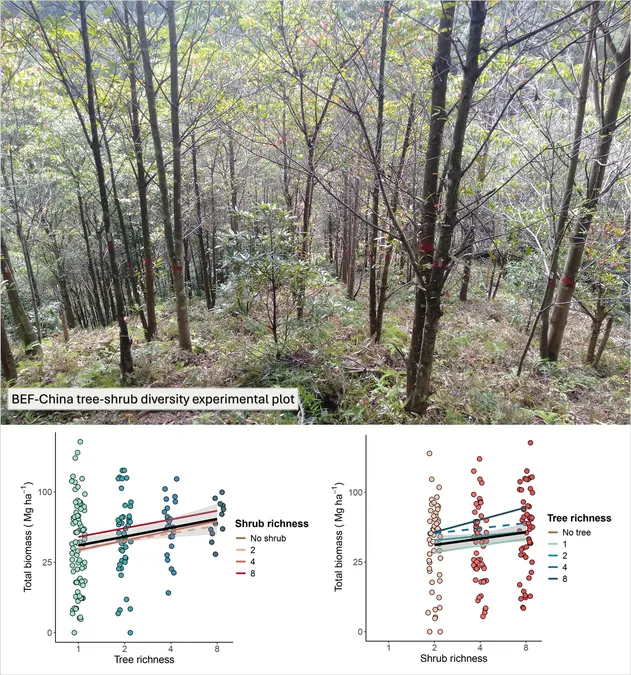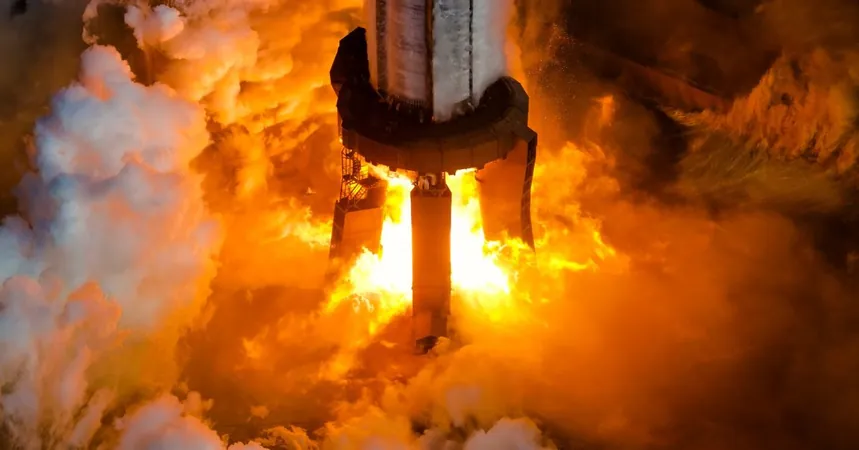
Breakthrough in Nuclear Materials: High Entropy Crystalline and Amorphous Nanolaminates Promote Radiation Resistance!
2025-01-16
Author: Li
Introduction
A cutting-edge team from the Erich Schmid Institute of Materials Science, part of the Austrian Academy of Sciences, has made a significant advancement in nuclear materials research. Their innovative approach, highlighted in the recent issue of *Materials Futures*, focuses on enhancing irradiation resistance through the development of high entropy crystalline and amorphous nanolaminates.
The Challenge of Radiation Exposure
With nuclear materials facing numerous threats from radiation exposure—such as swelling, hardening, and embrittlement—this research offers a promising solution. The newly designed material architecture utilizes the interfacial and synergistic effects between high entropy crystalline and amorphous plates to achieve remarkable structural stability, even under the most extreme irradiation conditions.
The Role of High Entropy Alloys (HEAs)
Why are high entropy alloys (HEAs) creating such a buzz in the scientific community? Thanks to their unique compositional complexity and lattice distortion, HEAs exhibit extraordinary strength, corrosion resistance, and thermal stability, while also being resilient to irradiation challenges. However, traditional applications of HEAs and metallic glasses (MGs) have been hindered by some limitations—such as defect clustering in HEAs and poor plasticity in MGs when subjected to harsh environments.
Bi-Phase Interfacial Engineering
In a bold move, the researchers introduced bi-phase interfacial engineering, crafting high-entropy crystalline/amorphous (HECA) nanolaminates. This bi-phase structure efficiently mitigates irradiation damage, with the interfaces acting as 'defect sinks' that accelerate defect annihilation and reduce structural harm.
Insights from Molecular Dynamics Simulations
Molecular dynamics simulations have provided insights into this revolutionary interaction: the interfaces successfully trap interstitials while promoting vacancy recombination, leading to a vacancy-rich bulk material complemented by an interstitial-rich interface. This dynamic not only enhances stability but also curbs defect propagation during irradiation—an essential factor for the longevity of nuclear materials.
Enhanced Structural Stability
Furthermore, the interfacial interaction appears to promote crystallization in the adjacent MG plate under irradiation, enhancing structural stability and ensuring minimal swelling and improved irradiation resistance.
Future Research Directions
Looking to the future, the research team plans to further investigate the atomic-scale structures and properties of HEA nanolaminates, aligning experimental data with simulations. They aim to unlock new applications across various fields, including nuclear, aerospace, and advanced electronics. Enhanced interface engineering and strategies to lower production costs are also on the agenda to boost industrial applicability.
Conclusion
This pioneering development not only promises to revolutionize the design of radiation-resistant materials but also sets a new benchmark for high-performance materials across diverse fields, culminating in safer and more efficient energy solutions. As we explore the potential of high entropy crystalline and amorphous nanolaminates, the possibilities appear limitless!




 Brasil (PT)
Brasil (PT)
 Canada (EN)
Canada (EN)
 Chile (ES)
Chile (ES)
 Česko (CS)
Česko (CS)
 대한민국 (KO)
대한민국 (KO)
 España (ES)
España (ES)
 France (FR)
France (FR)
 Hong Kong (EN)
Hong Kong (EN)
 Italia (IT)
Italia (IT)
 日本 (JA)
日本 (JA)
 Magyarország (HU)
Magyarország (HU)
 Norge (NO)
Norge (NO)
 Polska (PL)
Polska (PL)
 Schweiz (DE)
Schweiz (DE)
 Singapore (EN)
Singapore (EN)
 Sverige (SV)
Sverige (SV)
 Suomi (FI)
Suomi (FI)
 Türkiye (TR)
Türkiye (TR)
 الإمارات العربية المتحدة (AR)
الإمارات العربية المتحدة (AR)